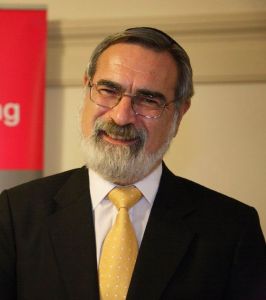
Erich Wasmann, SJ, was born in 1859, in Tyrol, Austria, the same year Charles Darwin published his seminal work, “On the Origin of Species.” Wasmann is renowned for his efforts to reconcile the Catholic faith with Darwin’s theory of evolution, advocating the idea that the two were compatible.
In 1883, Wasmann was asked to contribute articles on eusocial insects to the Jesuit periodical “Stimmen aus Maria Laach,” later called “Stimmen der Zeit”. In 1884, he began studying ants, both in their natural habitat and by constructing artificial ant colonies. Over his lifetime (he died in 1931), Wasmann assembled a unique collection comprising over 1,000 ant species, 200 termite species, and 2,000 species of myrmecophiles, ultimately describing 933 new species.
Continue reading








